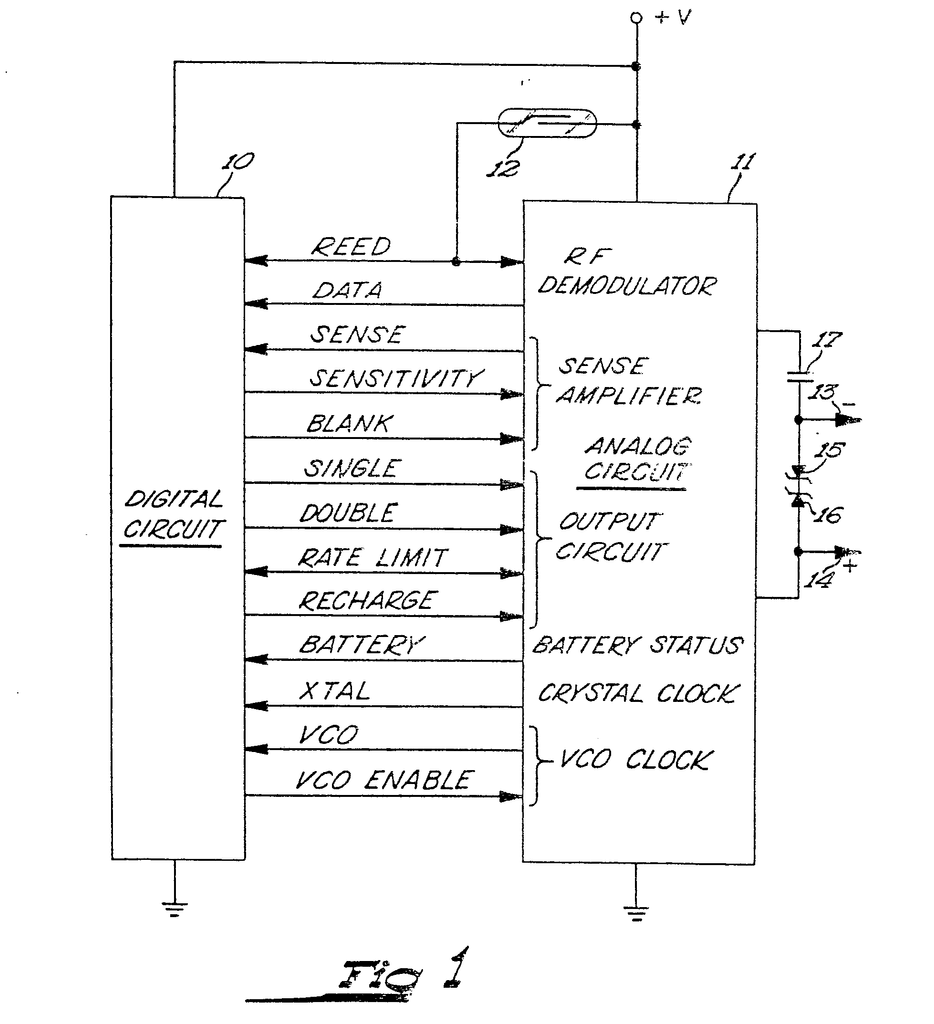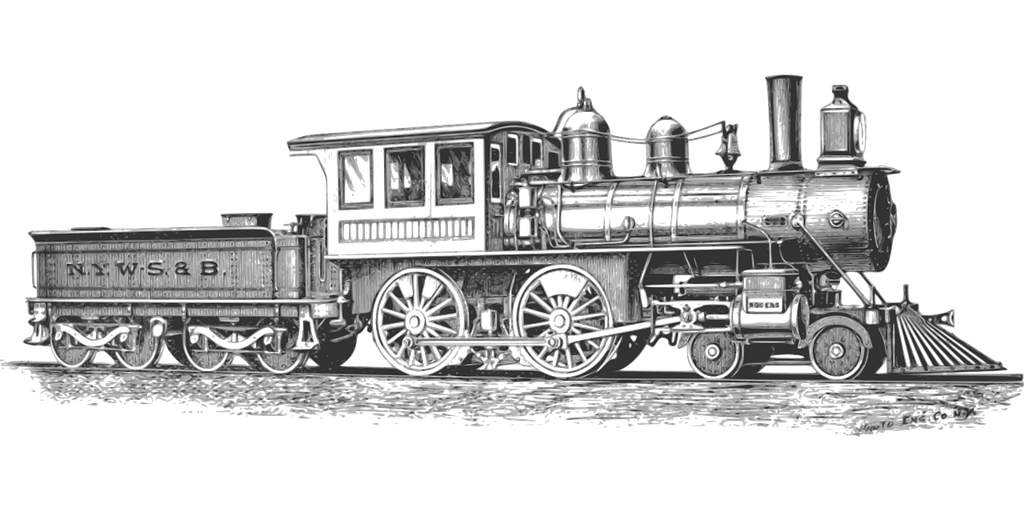Inventors and Patents From the City of Minneapolis
Minneapolis city is the seat of Hennepin County, southeastern Minnesota. It is located at the head navigation on the Mississippi River near the river’s confluence and the Minnesota River. It is adjacent to St. Paul to the east It forms the Twin Cities metropolitan area, the largest conurbation in the state and in the U.S. north-central region.
This article explores the inventions and patents that came from the Twin Cities. This includes the safety guard for railway cars and the check rein holder that were invented in Minneapolis. Other reported inventions include the Albert Lea, Minn process for treating iron and the car coupling.
Image credit: PixabayPatent Pro Bono Program
Minnesota inventors are served by the LegalCORPS Inventor Assistance Program, part of the USPTO’s nationwide pro bono program that matches inventors who qualify (based on income) with volunteer attorneys and patent professionals that will help you file your patent application.
United Inventors Association
The City of Minneapolis is home to many inventors, as well as businesses that depend on innovation. Some of these people have created some incredible innovations that have made a world of difference. Others have become very successful entrepreneurs.
The UIA website is a great resource for entrepreneurs. It provides information and resources on everything from developing a prototype to selling a patent. The content is current and informative, and the website also hosts monthly networking events. If you’re thinking about starting a business in Minneapolis, this website is a great place to start.
Free legal assistance may be available to inventors and small-business owners who meet certain financial criteria. Patent Pro Bono Program, a national network of regionally operated programs that matches volunteer patent professionals with small-business inventors for the purpose of protecting patents, is an independent nationwide network.
Patent and Trademark Resource Center
The Patent and Trademark Resource Center, located on the second floor of Minneapolis Central Library, provides access to powerful search tools for researching patents and trademarks, as well as a collection of reference materials and guides. It is the only patent and trademark resource center in Minnesota.
Expert staff offer programs and assistance on navigating patenting and trademarking processes. Resources and services are provided for both general interest as well as small business owners and inventors.
Inventions
Artificial pacemaker
Earl E. Bakken, developed the first wearable artificial pacemaker. Although it was unplanned, the “battery-powered and wearable pacemaker” was used for clinical purposes in 1958. Bakken’s transistor generator was able to make a miraculous transition from clinical animal testing to pre-clinical animal testing in a matter of hours.
Bakken took his prototype to the Surgery Department’s lab at the University of Minnesota where Dr. Vincent Gott tested it on an animal suffering from an imposed heart block. It worked as expected. Lillehei, who was working late at the hospital, visited the laboratory to observe the battery-powered pacemaker in action.
He immediately removed it from the animal and took it to the ICU for use with a patient. Bakken returned to the hospital the next day and was amazed at how this device kept a small child’s heart beating.After studying electrical engineering at the University of Minnesota, Bakken went on to co-found Medtronic, which is now a global leader in Cardiac Rhythm Disease Management, Spine, and Biologics.
Image credit: Google PatentsIn 1887, a Minneapolis lumberman named H. G. Dittbenner patented his corn harvester. The Saint Paul Globe reported on it on Feb. 26, 1887. He also patented a whiffletree center in Rochester, Minnesota.
Furnace thermostat
Albert Butz, a Swiss-born inventor, invented a “damper flapper” that allowed a furnace to be controlled via the first furnace thermostat. The Butz Thermoelectric Regulator Co. in St. Paul, which he started to manufacture the product is Honeywell International today. Honeywell was one of Minnesota’s most innovative and renowned companies thanks to its high-quality round thermostats that it introduced to the market. Honeywell still produces round thermostats, and many other products. However, it is based in New Jersey.
Thermoelectric regulators are an important part of the HVAC industry. In the early 1900s, they helped make home cooling easier. Butz invented these devices and issued 13 patents during his lifetime. Today, he is known as the father of the automated control industry. The company he founded is a multi-billion-dollar corporation that employs over 100,000 people worldwide.
Butz developed a thermo-electric regulator and patented it in 1886. The company started out in Minneapolis and eventually expanded to Chicago. In 1888, Butz sold his patents and moved the company to Chicago. The company name changed several times, but the original name remains the same, Butz Thermo-electric Regulator Co.
Image credit: Google PatentsBold Patents
The bold batten roof patent is a new weather tight roof system that has no exposed fasteners and prevents longitudinal movement of the panels and the joint covers. This patent solves problems caused by thermal expansion in previous roofing systems, resulting in a more attractive roof appearance. The patent also features a more integrated system of roof panels and joint covers. Joint covers have transversely extending locking tabs and vertically oriented slots, and are secured over the joint.
Image credit: Google Patentsconcrete grain elevator
Wooden train storage buildings were prone to burning down so Frank Peavey, a grain trader, pushed for the creation of something less flammable. Peavey, who was also a Minneapolis contractor and built the Grain Exchange Building, Minneapolis City Hall, and built the first concrete grain elevator. Although it is still visible near the intersection of Highways 7 in St. Louis Park and Highway 100, it hasn’t been used for grain storage for more than a century. It now displays the address of Nordic Ware, a manufacturer of cooking utensils.
Grocery Bag With Handles
Walter Deubener was the first cash-and carry grocery store in St. Paul. Before that, all grocers delivered. He designed a bag that had a loop of string at the bottom to make it easy for customers to carry their purchases. This was such an innovative invention that the St. Paul Area Chamber of Commerce names its annual business awards in honor of Deubener. It’s amazing that supermarkets still allow you to grab your groceries with ease, considering how long Deubener invented it.
Better Business Bureau
The BBB grew out of the “vigilance committees” established regionally by the advertising industry to ensure that advertisements’ claims were true. The Minneapolis Advertising Club’s vigilance committee was the first to call itself the Better Business Bureau, and it established the mode of operation followed by the 110-plus BBBs now established in the U.S. and Canada.
Businesses that affiliate with their local BBB are required to follow standards for honesty and fair dealing. In the past few years, alas, various BBBs have been accused of protecting or punishing certain member companies, and several chapters have been disaffiliated.
Greyhound Bus Lines
Andrew Anderson and arl Wickman opened the first bus line to transport iron miners from Hibbing to Alice (a nearby community that Hibbing later annexed). This was the beginning of America’s largest cross country bus company. Greyhound has not stopped in Hibbing or any other place on the Iron Range since 1973.
Great Northern Railroad
James J. Hill made St. Paul the Upper Midwest’s railway hub by building the most northern transcontinental railroad route from Minnesota to Puget Sound in the United States. It was also the first transcontinental railroad to be completely funded entirely from private funds. This was due to the land it purchased in North Dakota and Montana, which it mostly sold to immigrant farmers. Hill’s Great Northern survived as part of BNSF. It is one of seven Class I railroads that are still in operation in the U.S.
Image credit: PixabayElectric toaster
In 1893, Scotland invented the first electric toaster. However, it was stillwater mechanic Charles Strite who made that invention a little easier. Though Strite patented the idea, other companies actually built the device, with the first–Minneapolis-based Waters Genter’s 1-A-1 Toastmaster–reaching the market in 1925. Toastmaster is still available, and can be found on toasters as well as coffeemakers and commercial food preparation equipment.
Water Skis
Ralph Samuelson, 18, attached two pine boards 8 feet long to his feet on a summer day at Lake Pepin. He then grabbed a rope that connected to a motorboat. Samuelson mastered his invention and was able to ski jump (on a greased platform), as well as speed-skie (travelling 80 miles an hour in front of a flying boat).
Samuelson’s fame was not enough for another person to patent water skis. However, history has proven him the inventor of the invention. Samuelson, despite his youthful daredevilry, ended his days as a Pine Island turkey farmer.
Milky Way Candy Bar
Frank C. Mars, a native from Hancock, Minn. founded the Mar-O-Bar candy business in Minneapolis in 1920. Mars launched Milky Way three years later. It is reputed to be the first “filled” candy bars in the world. The name of a popular chocolate-malt milkshake inspired its filling. Milky Way was a huge success and Mars moved his company to Chicago, the Midwest candy capital. Mars would also create M&Ms and 3 Musketeers.
Masking Tape
3M was originally called Minnesota Mining and Manufacturing. The company has since moved away from the North Shore and developed new products. Masking tape was one of 3M’s first innovations. It was originally designed for auto painters to use for two-tone painting jobs. Richard Drew, the tape’s inventor would later develop Scotch tape, a transparent cellophane adhesive tap.
Image credit: UnsplashMass Spectrometer For Uranium-235
Alfred Nier, a Minnesota native, was one of the state’s most notable scientists. However, his accomplishments aren’t well-known because he was a scientist rather than a doctor or other medical professional. However, Nier’s mass spectrography work at the University of Minnesota was vital in the creation of a pure sample of Uranium-235, which would become a crucial component of the Atomic Bomb.
Nier also achieved other significant milestones during his career, including the invention of small mass spectrometers that were used on Viking Mars Landers in the 1970s to detect elements in the Red Planet’s atmosphere.
Snow blower
Toro introduced the first walk-behind snow blower, much to the relief of corner-lot homeowners and their cardiologists. Numerous companies manufacture blowers these days; Toro’s current line ranges from a compact electric model to a massive heavy-duty model with a 342cc engine that can blast the white stuff up to 45 feet.
Tonka Trucks
Mound Metalcraft Co. was founded in 1897 to produce steel garden implements. The patents were granted by a toymaker who was also in the same building. From there, the toy steam shovels/cranes that began as an additional business venture for Mound Metalcraft soon became a major part of the company’s core business.
Tonka trucks, which were larger and more durable than other toys vehicles, became postwar classics. After diversification failures in 1991, the company went out of business, but the brand is still around.
Cortisone
Cortisone, a hormone that is secreted by adrenal glands during stress, is now a common anti-inflammatory. It can be used to treat many conditions including eczema and chronic joint pain. Harold Mason, Philip Hench, and Edward Kendall from Mayo Clinic discovered cortisone’s ability to suppress the immune response. In 1949, Merck & Co. introduced the first commercially-produced cortisone. The role of cortisone in American history is well-known. John F. Kennedy, who took cortisone orally and by injection, might not have been elected president if Kendall and Hench hadn’t discovered it.
Paul Amasa
Paul Amasa is a local inventor. He was born in 1848 in La Salle, IL. He joined the C M & St P Ry in 1869 and served in a variety of capacities for fifteen years. He went on to become a superintendent of the Minneapolis and Pacific railroad until 1888, then became the general manager of the Soo line between 1898 and 1905, and finally became a v president of that railroad from 1905 until his death.
https://www.ycombinator.com/documents/
https://techcrunch.com/
https://www.uspto.gov/learning-and-resources/startup-resources
https://www.sba.gov/business-guide/plan-your-business/fund-your-business
https://hbr.org/1998/11/how-venture-capital-works
http://patentpc.com/
http://uspto.gov/
Free Patent Filing Assistance In Corning Ny
How to Overcome Patent Barriers for Black Inventors
Inventors and Patents From the City of Baton Rouge
Inventors and Patents From the City of Jackson
Inventors and Patents From the City ofEnglewood Cliffs





